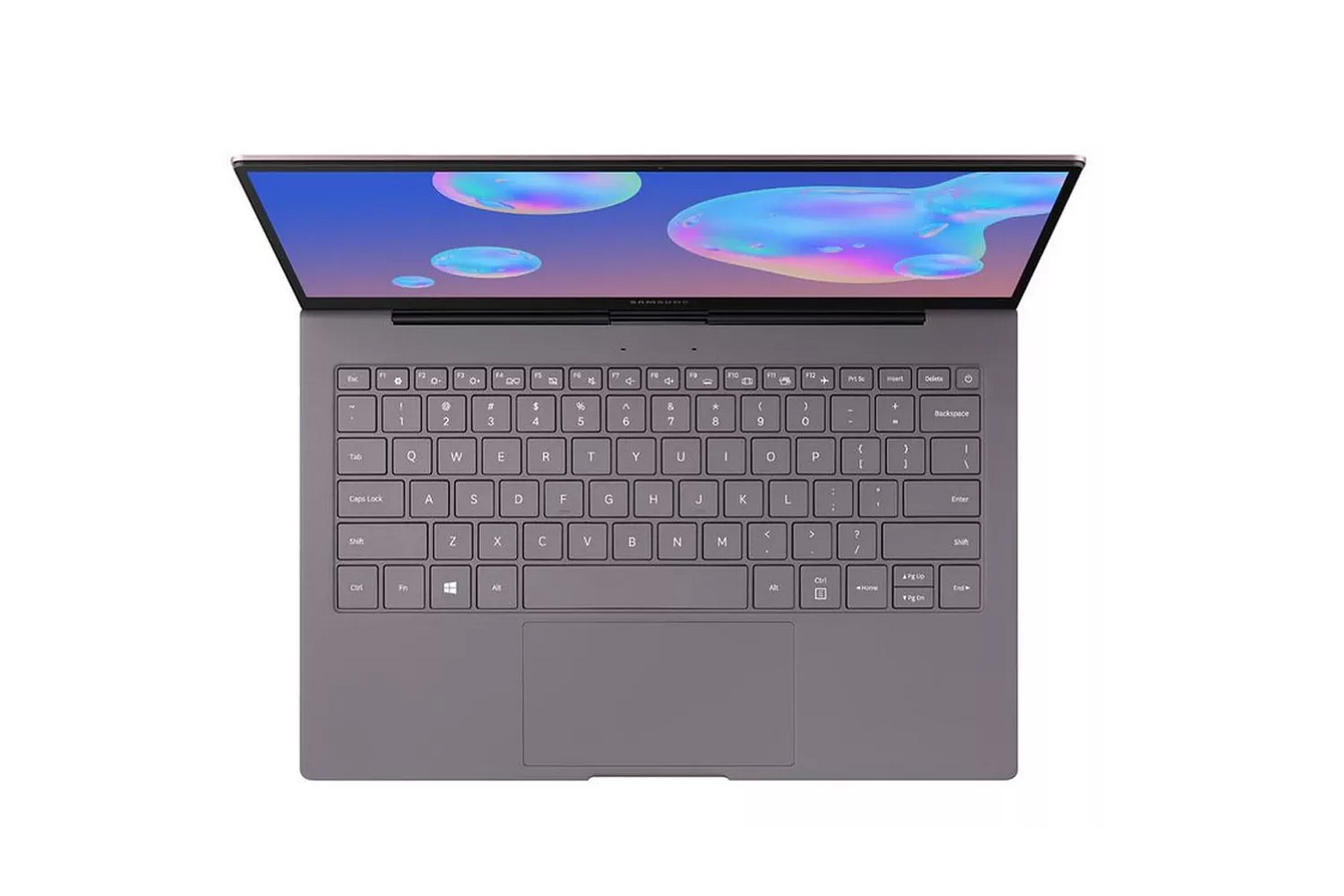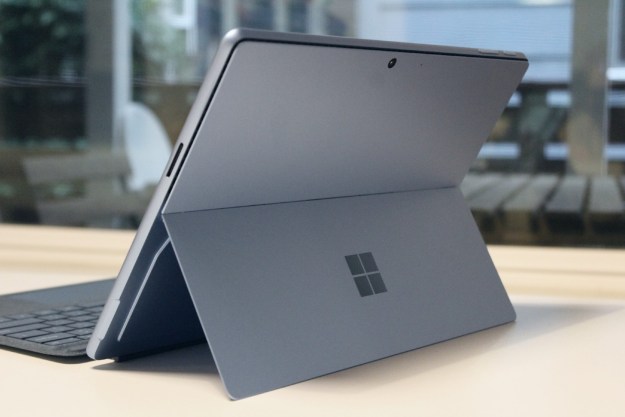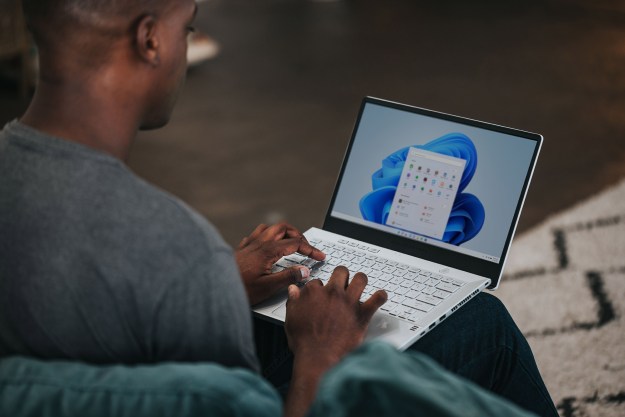
A new Windows laptop may be in the works at Samsung, and now there are a few photos to show us what it could look like.
According to The Verge, well-known leaker Evan Blass released a few photos of what is expected to be a new laptop from Samsung called the Galaxy Book S. Blass leaked the photos via his Twitter account, @evleaks.
The photos themselves don’t offer much in the way of what kinds of features to expect from the Galaxy Book S, but there are a few aspects we noticed: The display features fairly thin bezels on the sides of it and the side view of the laptop featured in one of the photos (see below) shows off what appears to be a headphone jack and a USB-C port. In addition, as The Verge notes, the keyboard of the Galaxy Book S also bears a strong resemblance to Microsoft’s Surface laptop design (see above).

In addition, the Galaxy Book S looks to be a fairly lightweight and thin laptop. It features a clamshell design that would be, as The Verge notes, a deviation from its predecessor, the Galaxy Book 2. That model is Samsung’s 2-in-1 laptop that features a detachable tablet, includes an S Pen stylus, and runs Windows 10. Digital Trends reviewed the Galaxy Book 2 in October 2018 and found a lot to like about it including a “vibrant display,” and the fact that the keyboard cover and S Pen stylus were included in the price. There were a few drawbacks, which included thick, “ugly” bezels and the fact that the Book 2 didn’t seem compatible “with some peripherals.”
If the leaked photos are any indication of the final version of the Galaxy Book S, it appears it will be a fairly sharp contrast to its predecessor in the sense that it’s not a tablet-focused 2-in-1, and that it seems to completely eschew the use of thick bezels. It’s possible that, similar to Microsoft’s Surface line, Samsung may just be trying to provide different laptop styles within its Galaxy Book line, as not everyone may want or need an ultra-portable 2-in-1.
Editors' Recommendations
- My most anticipated laptop of the year just got leaked
- Playing PC games on a Snapdragon X Elite laptop made me a believer
- Here’s proof that Snapdragon X Elite laptops can play hit games without issue
- Windows 11 24H2 or Windows 12? Here’s what’s coming soon
- The Windows 11 Android app dream is dead


